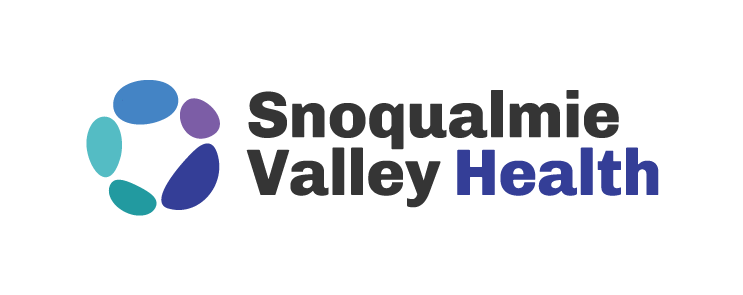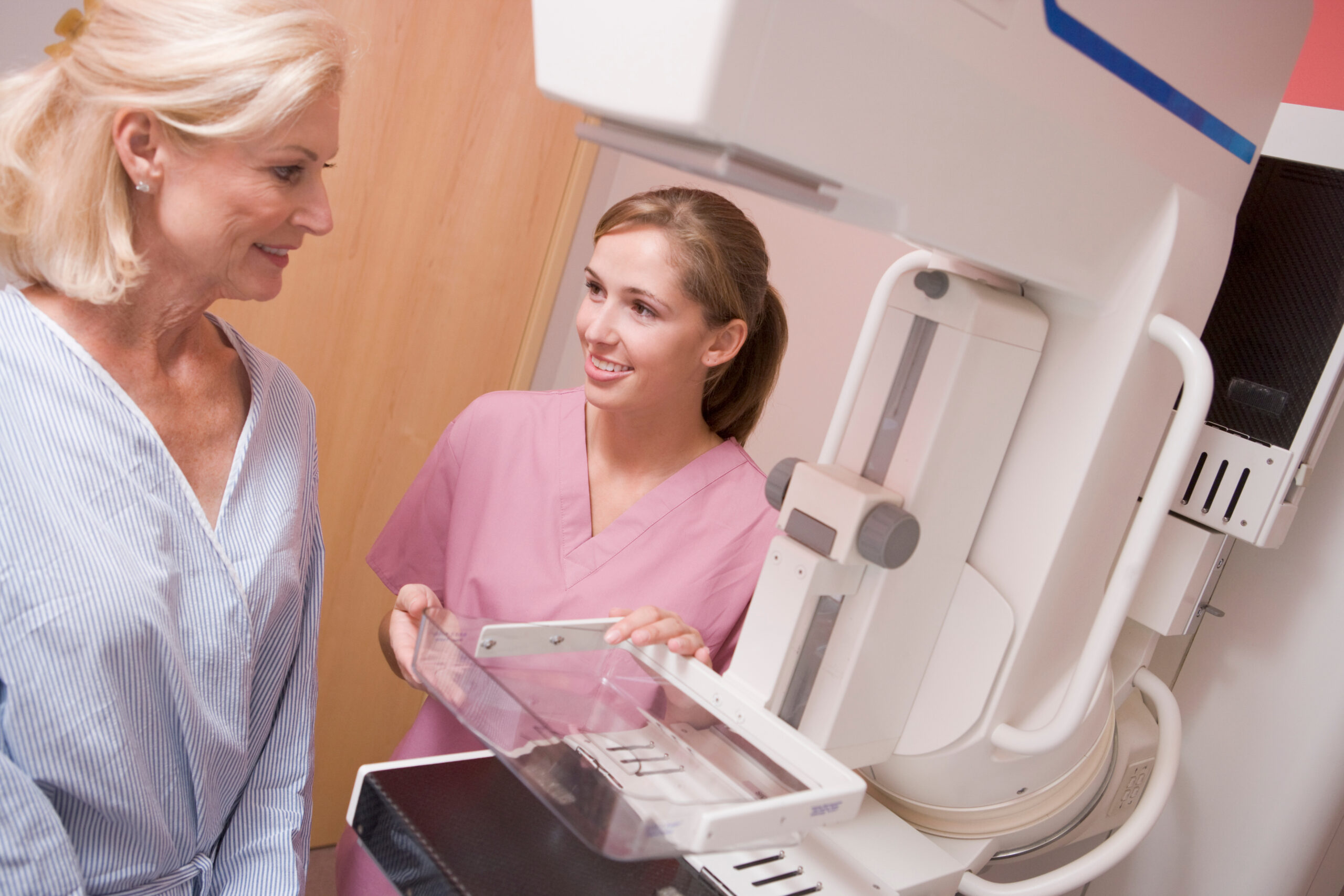Article written by Kaylin Reeve, ARNP, Primary Care Provider at Snoqualmie Valley Health.
October is Breast Cancer Awareness Month! As someone with a strong family history of early age breast cancer this topic hits home. As the second leading cause of cancer for women in the United States, it feels as though nearly everyone has been touched in some way by this condition. Whether you have personal experience, know someone effected, or don’t understand why your PCP keeps putting in mammography referrals for you (guilty), it’s important to have a clear understanding of what breast cancer looks like and what you can do. Let’s break it down beyond the pink ribbons together!
What are the signs?
When thinking of breast cancer, most of us think about the detection of a mass—a new lump not previously found on the breast. Often this lump can be painless. Other symptoms include new rashes/changing in the texture of the skin around the breast, new changes in symmetry/size/shape in the breast, nipple changes and discharge, new pain, and dimpling of the breast. Generalized symptoms such as unintentional weight loss, changes in appetite or energy levels can also occur. If you experience any of these concerns please see your healthcare provider ASAP.
Who is susceptible?
Any individual with breast tissue! While less common, individuals assigned male at birth still have the potential for breast/chest cancer, especially older individuals and if there is any family history.
What are the risk factors?
- Female sex assigned at birth
- Age—it’s more common as we start to get older
- Personal history
- Family history
- Dense breasts
- Previous radiation therapy
Are there things we can change to lower our risk?
Unfortunately, the list above are things we can’t exactly change/prevent against. There are however some lifestyle changes that could lower our personal risk factors for breast cancer. These include:
- Being healthy! A healthy lifestyle and BMI lower your risk.
- Breastfeeding and pregnancy have been found to be protective factors.
- Limiting alcohol intake. Studies have shown increased alcohol intake may be associated with breast cancer.
- Hormone treatment. This is something to discuss with your healthcare provider, but there can be an association with hormone replacement therapy and breast cancer.
Screening/Early Detection
This is where primary care comes in—completing appropriate screening can help with early detection, reducing morbidity and mortality!
The US Preventative Services Task Force (USPSTF) recommends biennial mammography for individuals age 40-74. Before 40 or after age 75 patients should have a discussion with their providers around risks and benefits. Clinical (done by provider) or self-breast exams (done by patient) have mixed evidence of their effectiveness. I generally recommend that patients are familiar with their body and contact their healthcare provider if they notice any changes. You know yourself best!
What SVH is doing about breast cancer?
As Snoqualmie Valley Health is dedicated to the health and disease prevention of our patients, expanding services to mammography is a goal of the organization. Currently, there are no brick and mortar mammography locations in the Snoqualmie Valley. The Snoqualmie Valley Health Foundation recently raised over $30,000 at our Champagne Brunch for this goal, and are actively seeking further funding. Stay tuned! In addition, any primary care provider at SVH can meet with patients and discuss their own individual risks and plans for screening.
Sources:
https://www.uspreventiveservicestaskforce.org/uspstf/recommendation/breast-cancer-screening

